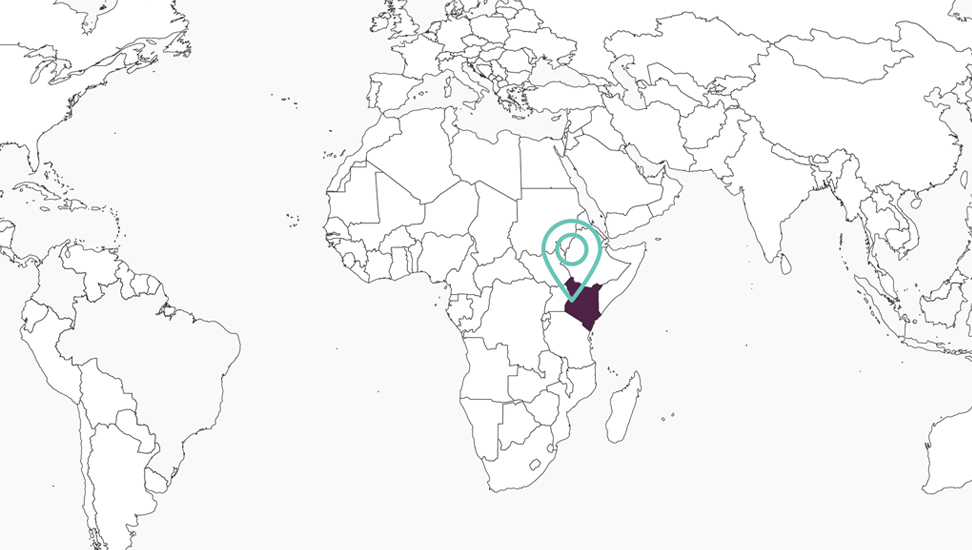Featured Coffee Fridays
Featured Coffee Fridays: Kenya
Kenyan coffees stand out above all others for brash acidity, ripe fruit, and rich sugars. Our Kenyan coffee is from the Mt. Elgon region. Coffees from this region tend to express almost more Ethiopia-like characteristics, with heavy grapefruit, floral and delicate tea-like qualities.
History
Despite sharing a border with the “birthplace of coffee,” Ethiopia, Kenya was one of the latest places planted in coffee, nearly 300 years after the plant was first cultivated for sale. In fact, the varieties that were brought to Kenya had circumnavigated the globe before they found their way back to the African continent, mutating in various climates to create a profile that, once adapted to the rich soil around Mt. Kenya, resulted in the singular profiles that this country has to offer.
Established as a British colony specifically for its moneymaking potential, Kenya became a coffee powerhouse as a way for the empire to control both the tea (already a Kenyan staple crop) and coffee markets worldwide. By the 1920s, as Europe demanded more and more coffee, the cash crop became a major Kenyan export, and in the 1930s the auction system was developed, ostensibly to democratize the market for farmers. After Kenya achieved independence from Britain in the 1960s, coffee took on a greater importance to small landholders, many of whom were given coffee farms in the redistribution of private property from large colonial and government-owned plantations.
Approximately 85% of the coffee farms in Kenya are owned by natives to the country, though European influence is still evident in larger estates. Today, the majority of Kenyan farmers tend small plots, growing as few as 150 coffee trees. They bring cherry to centrally located mills, where their coffees are weighed, sorted, and combined to create lots large enough to process and export. There are also privately owned estates, though fewer than during colonial days. The average estate grows around 10,000 coffee trees.
Most Kenyans prefer to drink tea in their homes, and cafe culture largely exists for tourists and in the major cities.

